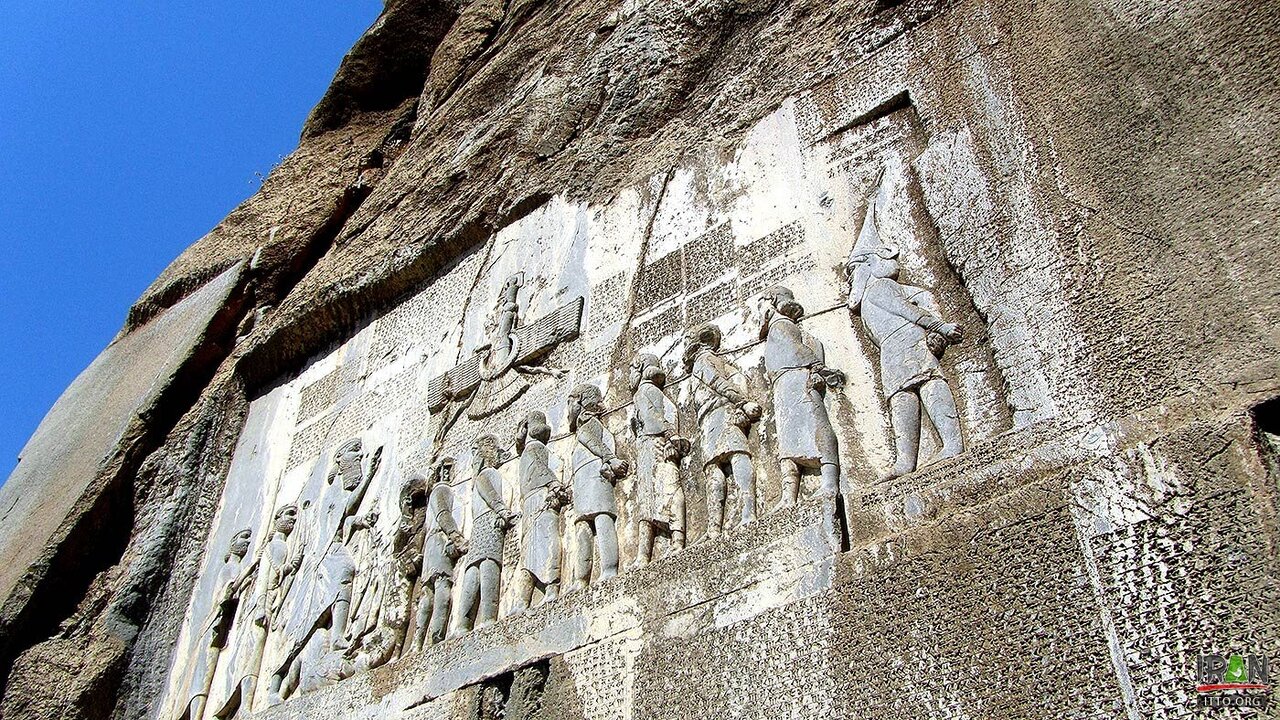630,000 visits to Kermanshah historical sites registered

TEHRAN – Various historical sites and museums across Kermanshah province attracted some 630,000 visitors during the first eleven months of the current Iranian year (started on March 21, 2023).
“More than 630,000 tourists visited the historical sites of Kermanshah in the first eleven months of the year,” Vahid Amiri, the deputy tourism chief of the western province, said on Tuesday.
“Considering the growth of tourism in Kermanshah this year, a total of 630,446 people visited the historical sites of the province from the beginning of the Iranian year until the end of Bahman.”
In the same period last year, a total of 521,818 visits to attractions of the province was registered, the official said.
He said that Taq-e Bostan, Bisotun, Anahita Temple, Tekyeh Mo’aven al-Molk, and Tekyeh Beyglarbeygi attracted the highest numbers of travelers this year.
“The highest number of tourist visits to historical sites was related to Farvardin (the first Iranian month) with 172,339 visits, while the lowest number was related to Dey (tenth month) with 17,478 visits.”
Amiri identified the highest number of tourist visits to historical sites in the province as belonging to the Taq-e Bostan and said: “A total of 388,638 tourists have visited this important attraction during the eleven months of this year, which is almost half of the total number of visits to historical sites in the province.”
Bisotun was the second most visited historical site during this period, he said, adding: “During this period, 181,558 people have visited the UNESCO -designated Bisotun.”
Tekyeh Mo’aven al-Molk with 28,719 visitors, Tekyeh Beyglarbeygi with 18,655 visitors, and Anahita Temple with 13,376 visitors were the next most visited historical sites in the province, he said.
Taq-e Bostan consists of a series of properties from prehistoric to historical periods such as Morad-Hassel Tepe, an ancient village, a Parthian graveyard, and Sassanid hunting ground. However, the most significant property of the complex belongs to the Sassanid one which comprises two porticos (large and small Ivans) as well as outstanding bas-reliefs from the same period.
The site’s biggest alcove features elephant-mounted hunting scenes on the sidewalls and highlights the coronation of Khosrow II (r 590–628), beneath which the king rides off in full armor and chain mail (half a millennium before the European Black Prince made it fashionable).
The second niche shows kings Shapur III and his Roman-stomping grandfather Shapur II. To the right of the niches is a fine tableau again showing Shapur II (r 379–383), in which he is depicted trampling over the Roman emperor Julian the Apostate (whom he defeated in 363) and receiving a crown of blessings from the Zoroastrian god Mithras.
Kermanshah, formerly Bakhtaran, the capital of Kermanshah province, was founded in the 4th century CE by Bahram IV of the Sasanian dynasty. Conquered by the Arabs in 640, the town was called Qirmasin (Qirmashin). Under the Seljuk rule in the 11th century, it was the chief town of Kordestan. The Safavids (ruled 1501–1736) fortified the town, and the Qajars repulsed an attack by the Turks during Fath Ali Shah’s rule (1797–1834). Occupied by the Turkish army in 1915 during World War I, it was evacuated in 1917. The construction of a road in the 1950s over the age-old Khorasan track added considerably to the importance of the city.
AFM
Leave a Comment